 Overview
Overview
 Normal View
Normal View
 2016
2016
- 2009
- 2011
- 2012
- 2013
- 2014
- 2015
- 2016
- 2017
- 2018
- 2019
- 2021
- 2022
- 2023
- 2024
- 2025
- Clear
 Overview
Overview Normal View
Normal View 2016
2016
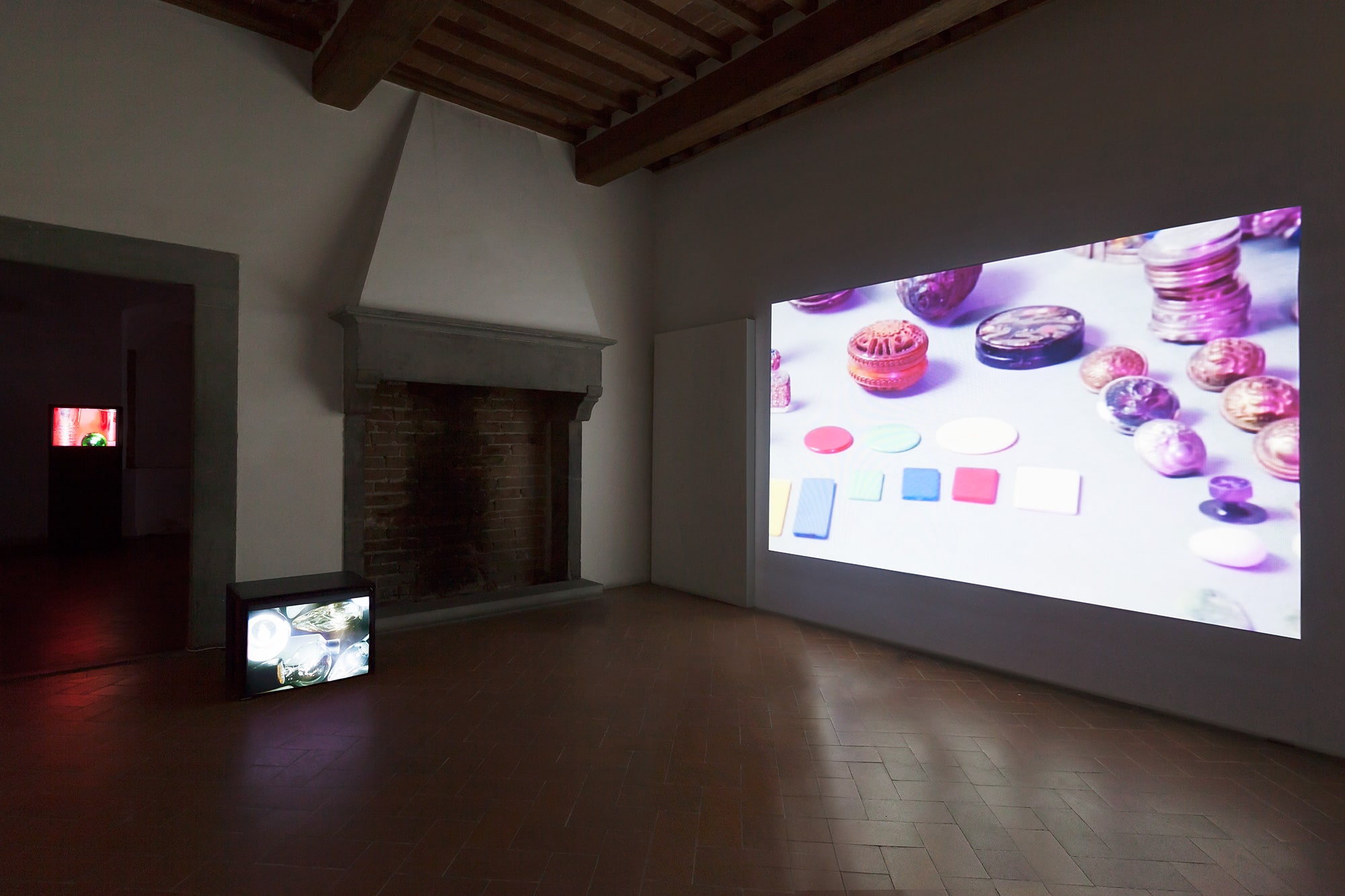
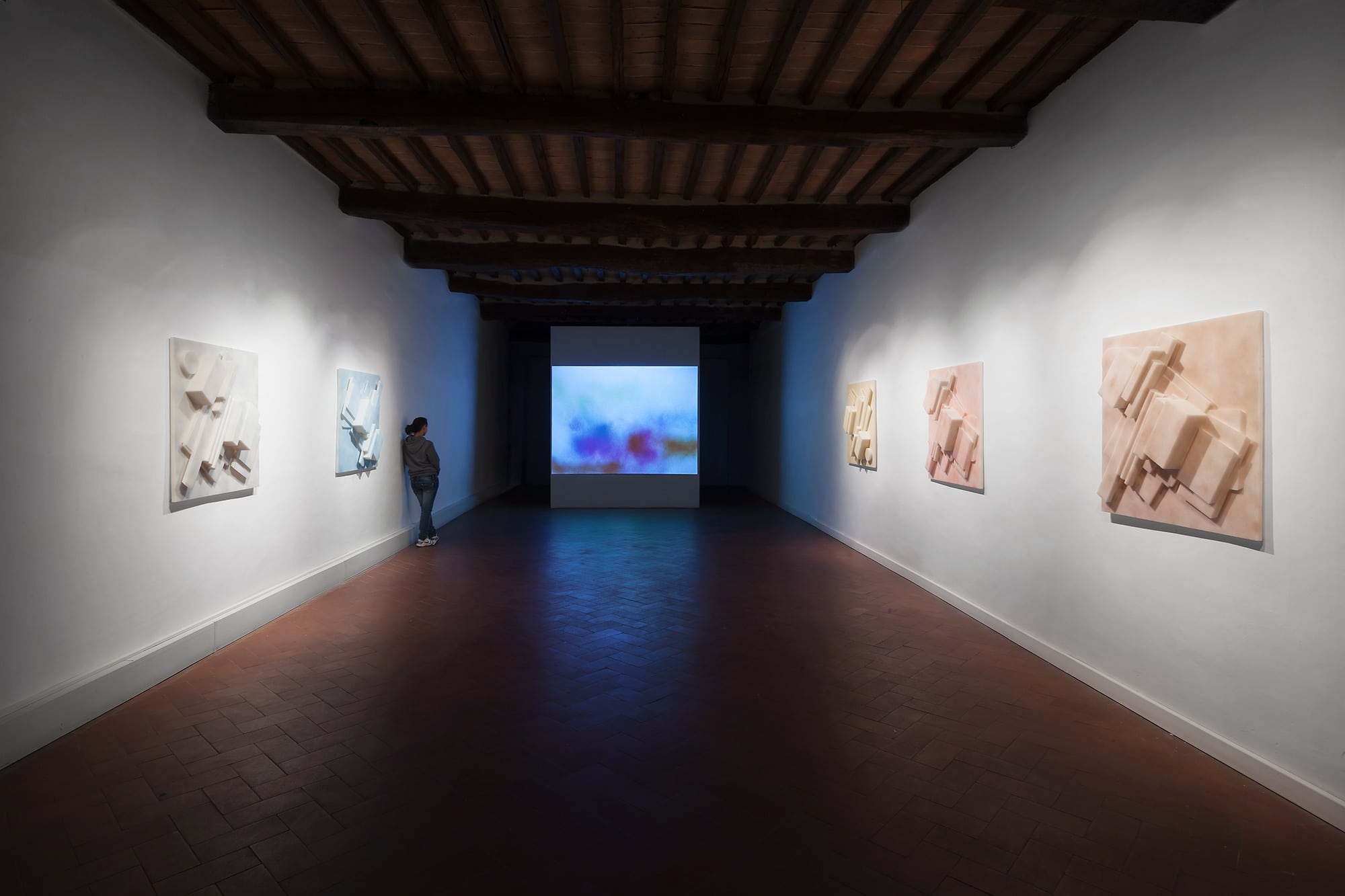

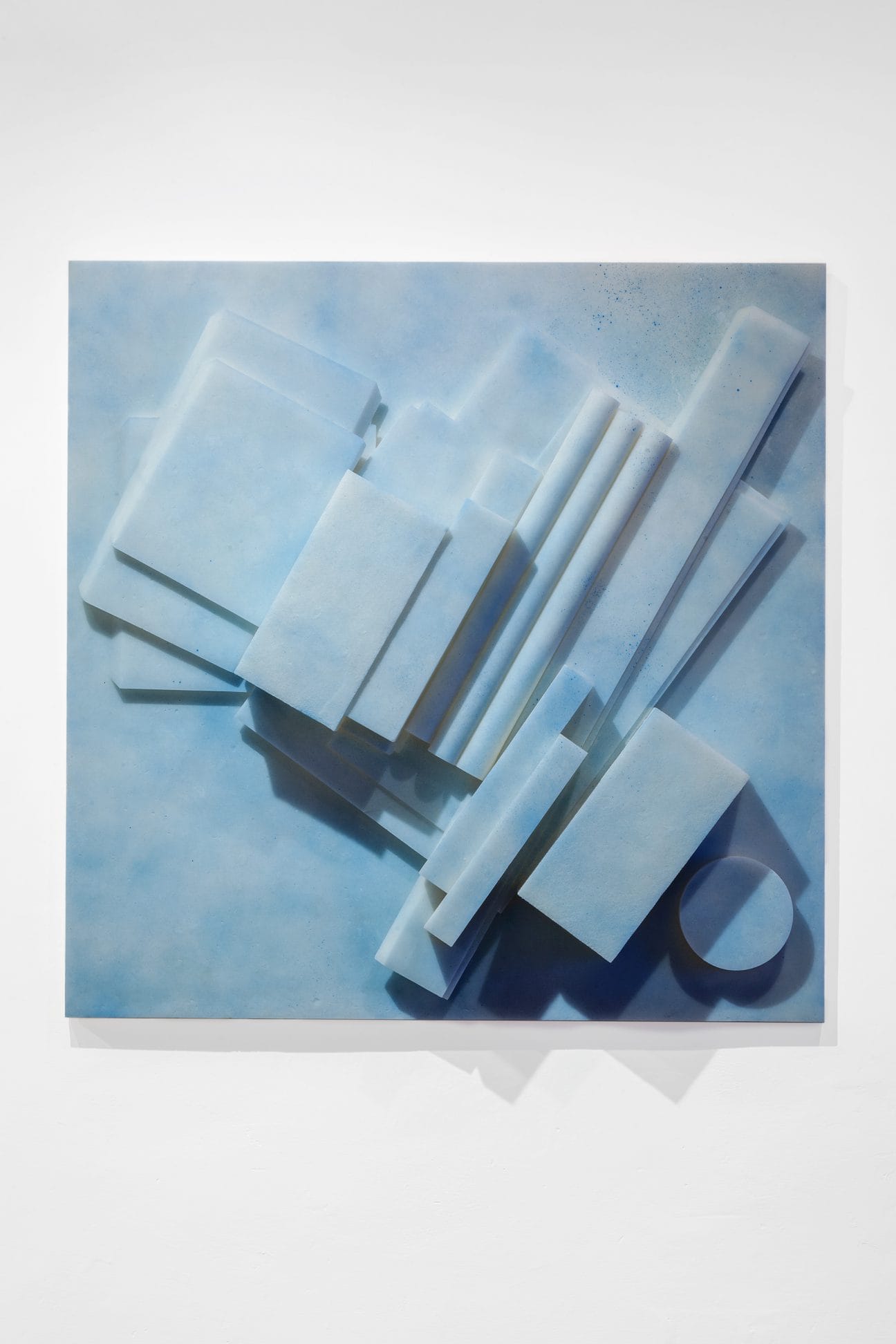
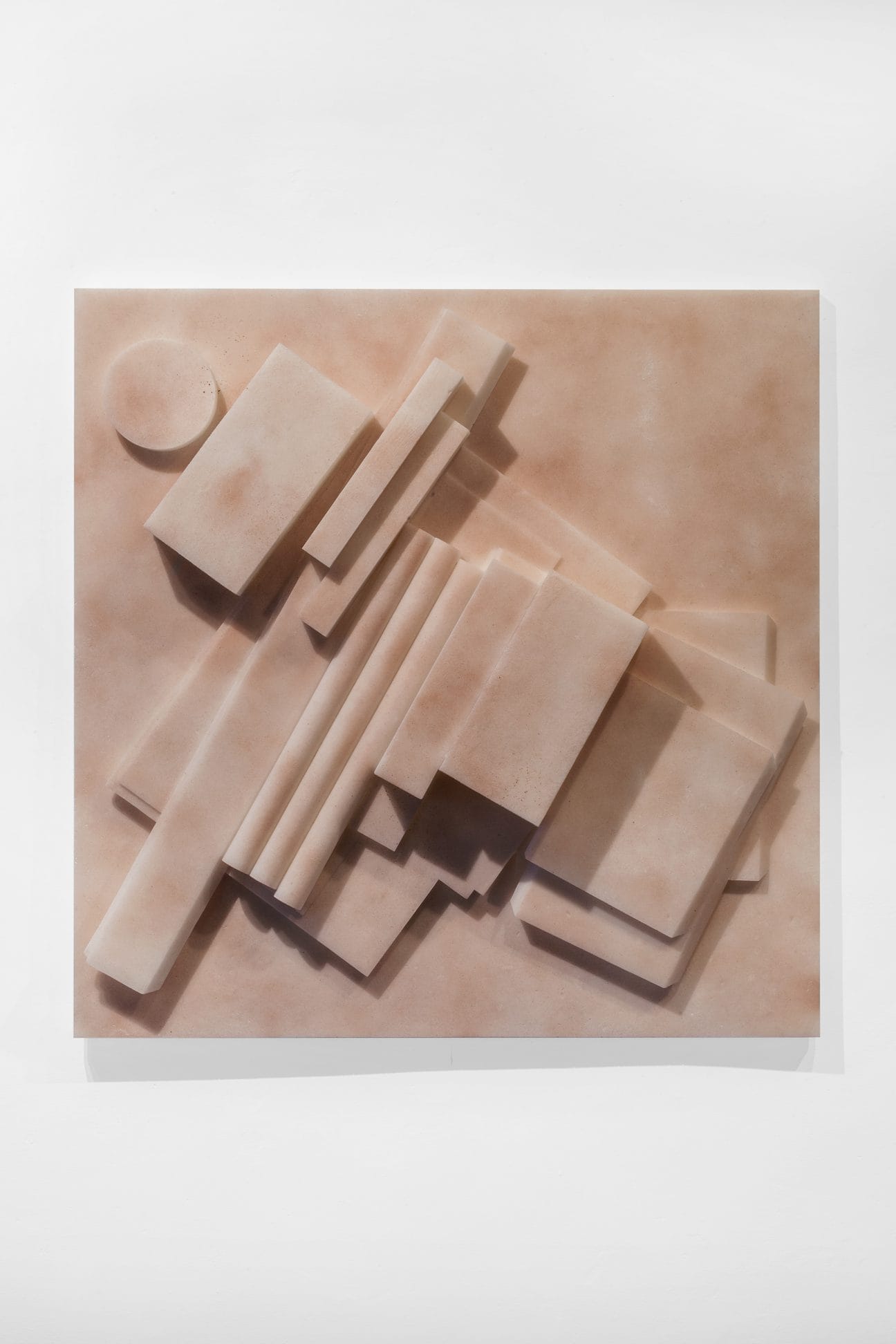
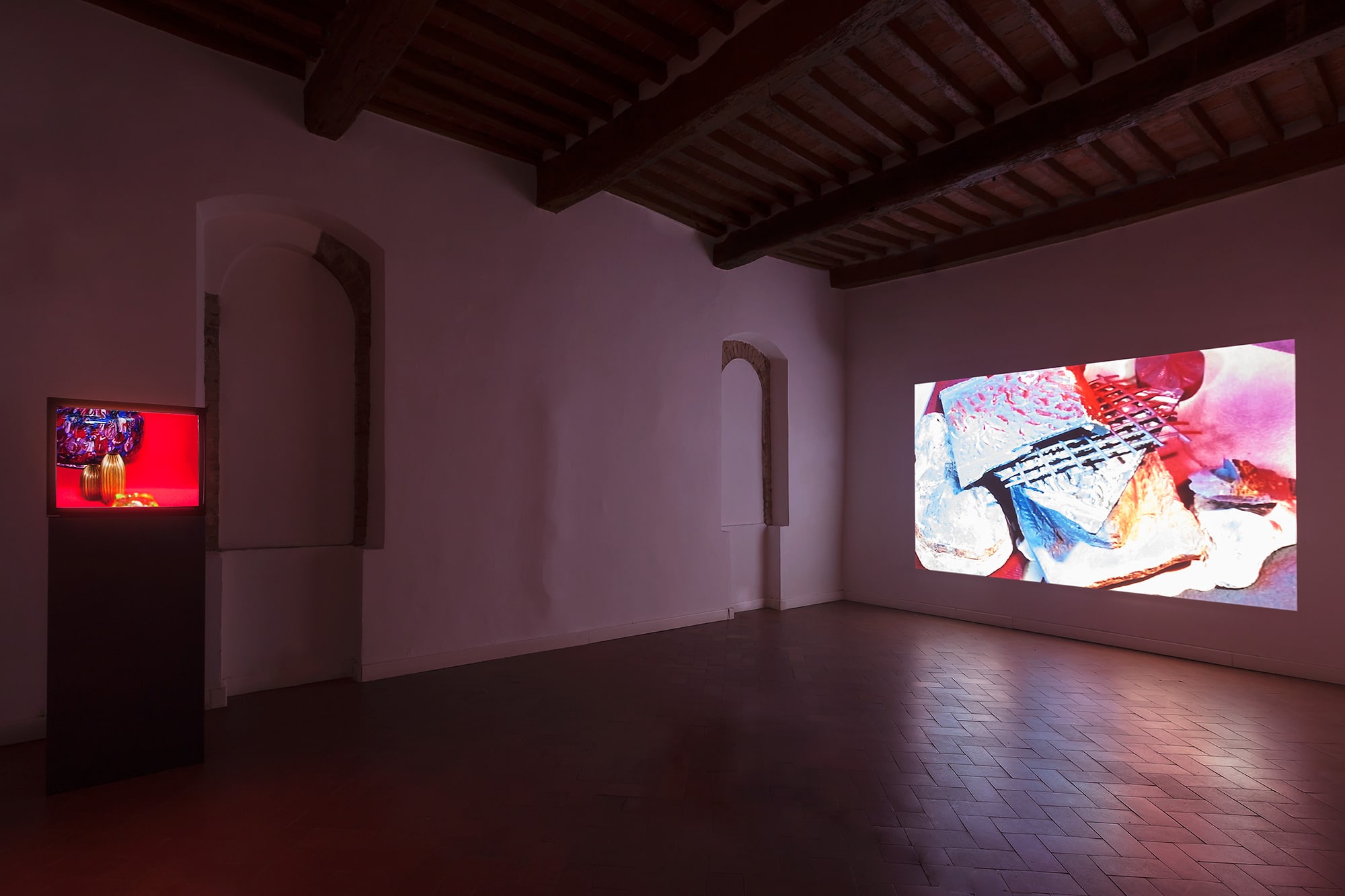

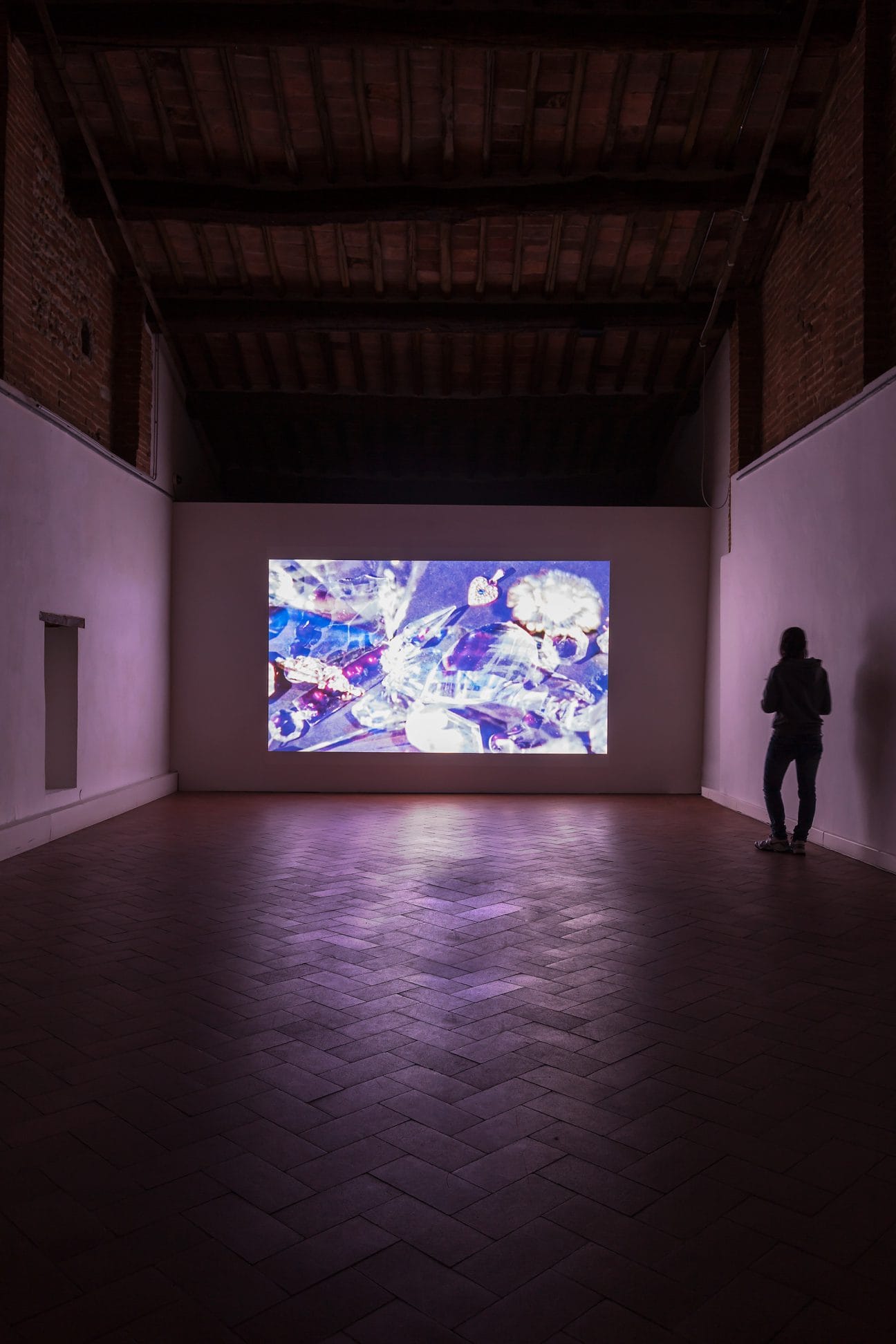
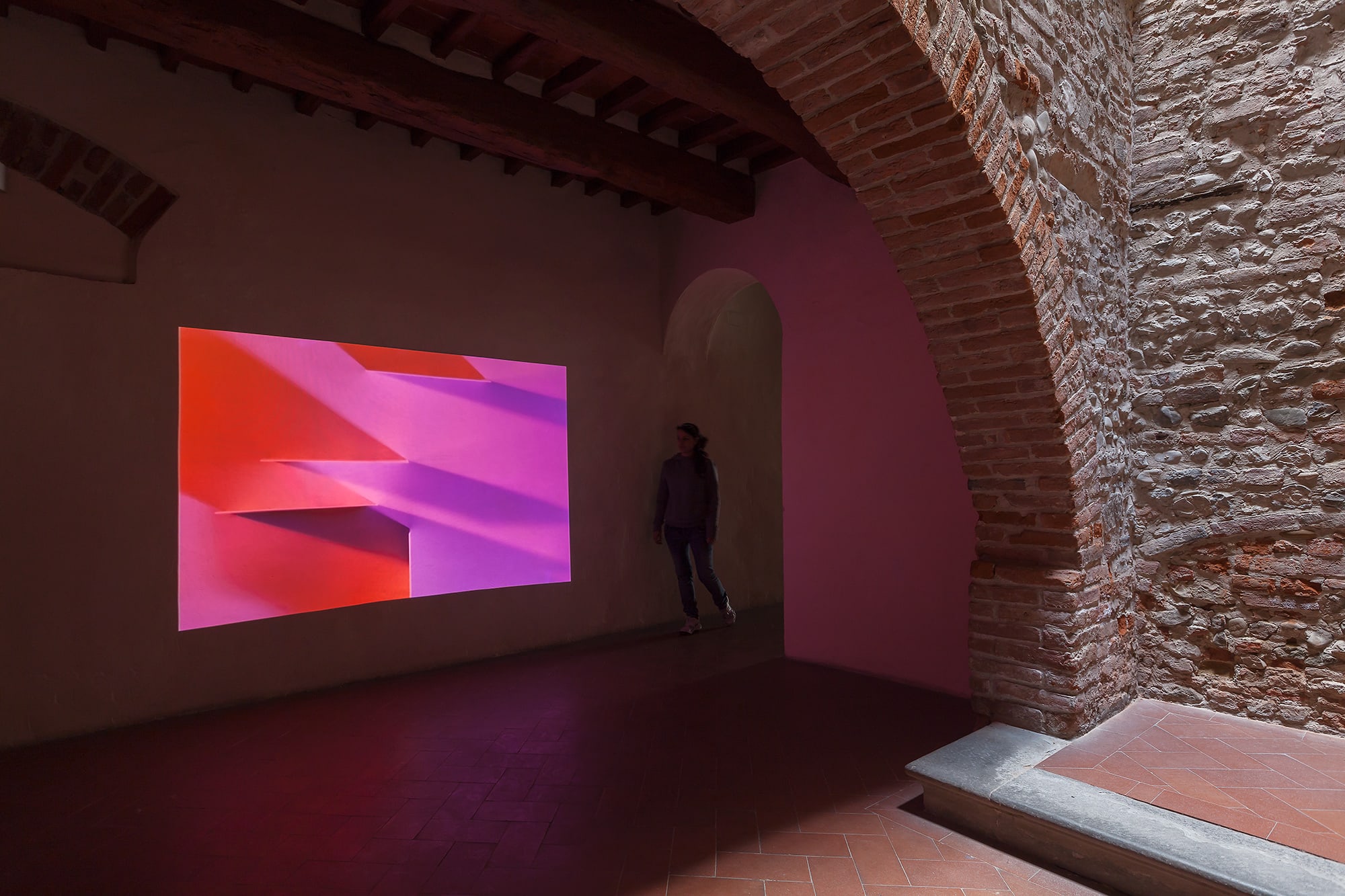
Casa Masaccio Centro per l'Arte Contemporanea
Corso Italia, 8
52027 San Giovanni Valdarno AR
Italy
From the outset, Isabelle Cornaro has focused her research on the way in which our perspectives have been historically and culturally shaped. In her work Cornaro, a trained art historian specialising in 16th-century European Mannerism, makes use of a visual language strongly associated with forms and compositions that range from the baroque to classicism and even modernist abstraction and turns her gaze on the relationship between systems of representation and our understanding of the world.
Things follows her double solo exhibition at the South London Gallery and at Spike Island in Bristol. It is the third in a demanding series of shows that explores, between mimesis and abstraction, the mental and gestural construction of the image and the narrative through the use of geometry (a perspective grid) and emotionally or historically charged objects which function as figures. In London, Cornaro presented the latest version of Paysage avec Poussin et témoins oculaires (Landscape with Poussin and Eyewitnesses), a series begun in 2008 and freely inspired by the paintings of Nicholas Poussin. Using a series of pedestals and supporting panels to display groups of objects in meticulous compositions, Cornaro offers a three-dimensional interpretation of the French painter’s idyllic classical landscapes in the form of a minimal installation.
In Témoins oculaires (Eyewitnesses) at Spike Island, the artist conceived five “scenes” on a smaller scale that continued her research into composition, visual perception and its interpretation; five tableaux that interpret physical representations of the act of looking.
For Casa Masaccio, a space filled with memories and layers of history, Isabelle Cornaro has assembled a selection of films and conceived the series Homonymes III (Homonyms III, 2015), direct impressions taken of objects in an attempt to cast categories of representation straight from reality. Like the earlier Homonymes I and II, these works underline the transitions from one material state to another and took their inspiration originally from the studies by the Viennese art historian and psychoanalyst Ernst Kris of the ornamental ceramics of Bernard Palissy, a 16th century craftsman who had devoted his whole life to uncovering the secrets of casting objects from nature.
Shot in 16 mm format, the films use a very simple grammar. They play over random objects, ‘things’ organized into sets, objects of everyday use caught in a moment of anonymity. Coins, gold bracelets, glass jars, chains, cut-glass pendants, lipstick holders. The process of transfer from tactile ‘things’ to two-dimensional projections animates and at the same time alters the subjects, turning them into images, as agitated as they are evanescent, in which to catch the discontinuity of time.
In the house where the author of the Trinity – a manifesto of the perspective painting of the Renaissance – was born, in this home of bodies with real weight, the image is exposed to a continuous process of metamorphosis. Accepting its fate of transience, it creates a sudden silence, an eloquent gap in the words.